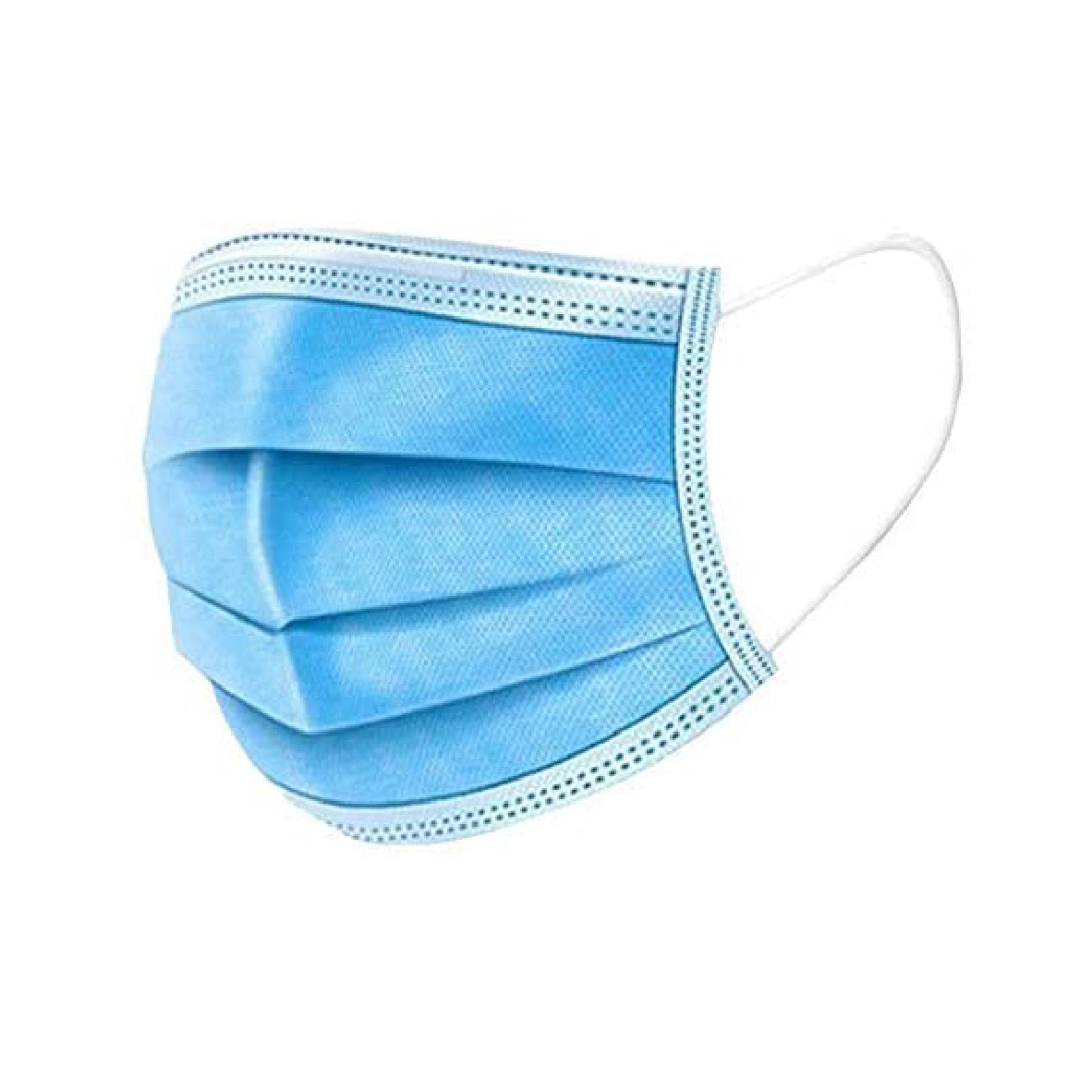A clot of blood from the nose is a common condition known as epistaxis. It occurs when the blood vessels in the nose break and bleed, causing a blood clot to form. This can happen due to various reasons such as dry air, allergies, colds, sinus infections, or injuries to the nose.
There are several possible causes of a clot of blood from the nose, including:
1. Trauma or injury to the nose or face, which can cause bleeding and swelling.
2. Nasal polyps or other growths that can block the nasal passages and cause bleeding.
3. Infections such as sinusitis or rhinitis, which can cause inflammation and bleeding in the nasal passages.
4. Allergies, which can cause inflammation and irritation in the nasal passages, leading to bleeding.
5. Hormonal changes, such as those that occur during pregnancy or menstruation, which can cause changes in the blood vessels in the nose and lead to bleeding.
6. Certain medical conditions, such as hemophilia or von Willebrand disease, which can affect the body’s ability to clot blood and lead to nosebleeds.
7. Medications, such as anticoagulants or non-steroidal anti-inflammants, which can thin the blood and increase the risk of bleeding.
8. High blood pressure, which can cause blood vessels in the nose to become weak and prone to bleeding.
9. Nose picking or other forms of trauma to the nasal passages.
It’s important to note that a clot of blood from the nose can be a symptom of a more serious underlying condition, so if you experience this, it’s important to seek medical attention to rule out any potential health concerns.
Steps to stop Nose bleeding
If you have a clot of blood from the nose, it’s important to stay calm and follow some simple steps to help stop the bleeding:
1. Sit up straight and lean forward: This will help the blood flow out of your nose instead of down the back of your throat.
2. Pinch the soft part of your nose shut: Use your thumb and index finger to hold the soft part of your nose shut for 5-10 minutes. This pressure will help stop the bleeding.
3. Apply a cold compress: Put a cold compress or ice pack on the bridge of your nose to help constrict the blood vessels and reduce bleeding.
4. Keep your head elevated: This will help the blood flow down out of your nose instead of pooling in your sinuses.
5. Avoid blowing your nose: Blowing your nose can dislodge the clot and make the bleeding worse.
6. Avoid bending or lifting: These activities can increase blood flow to the head and make the bleeding worse.
7. Use nasal decongestants: If the bleeding is caused by allergies or a cold, using a nasal decongestant like Afrin or Neo-Synephrine can help reduce the bleeding.
If the bleeding doesn’t stop after 15-20 minutes or if it’s heavy and rapid, you should seek medical attention. A doctor may need to cauterize the bleeding vessel or pack your nose with gauze to stop the bleeding.

 Pazionmedia.com Pazion Media l Latest News l Politics l Sports l Entertainment
Pazionmedia.com Pazion Media l Latest News l Politics l Sports l Entertainment



